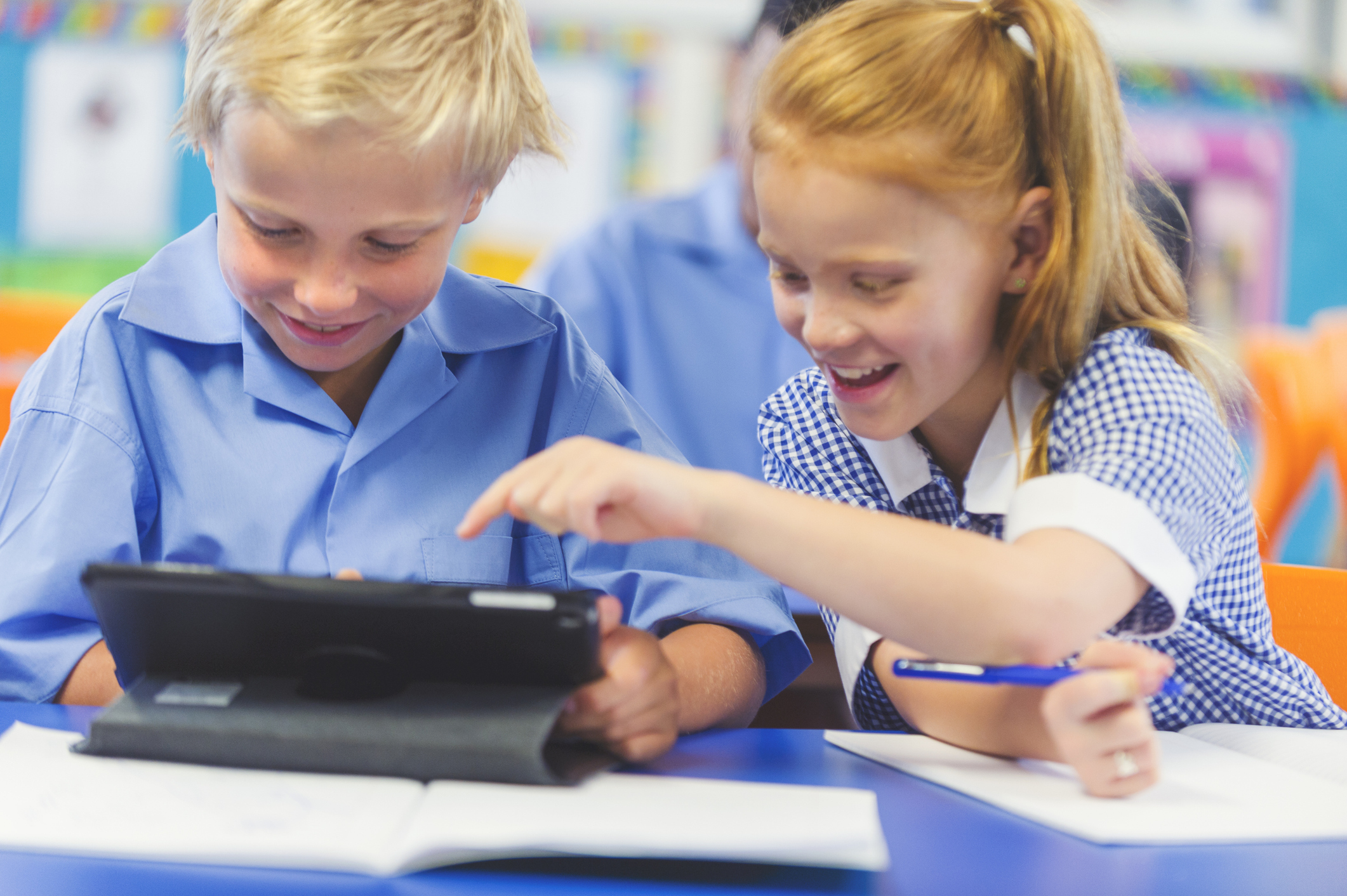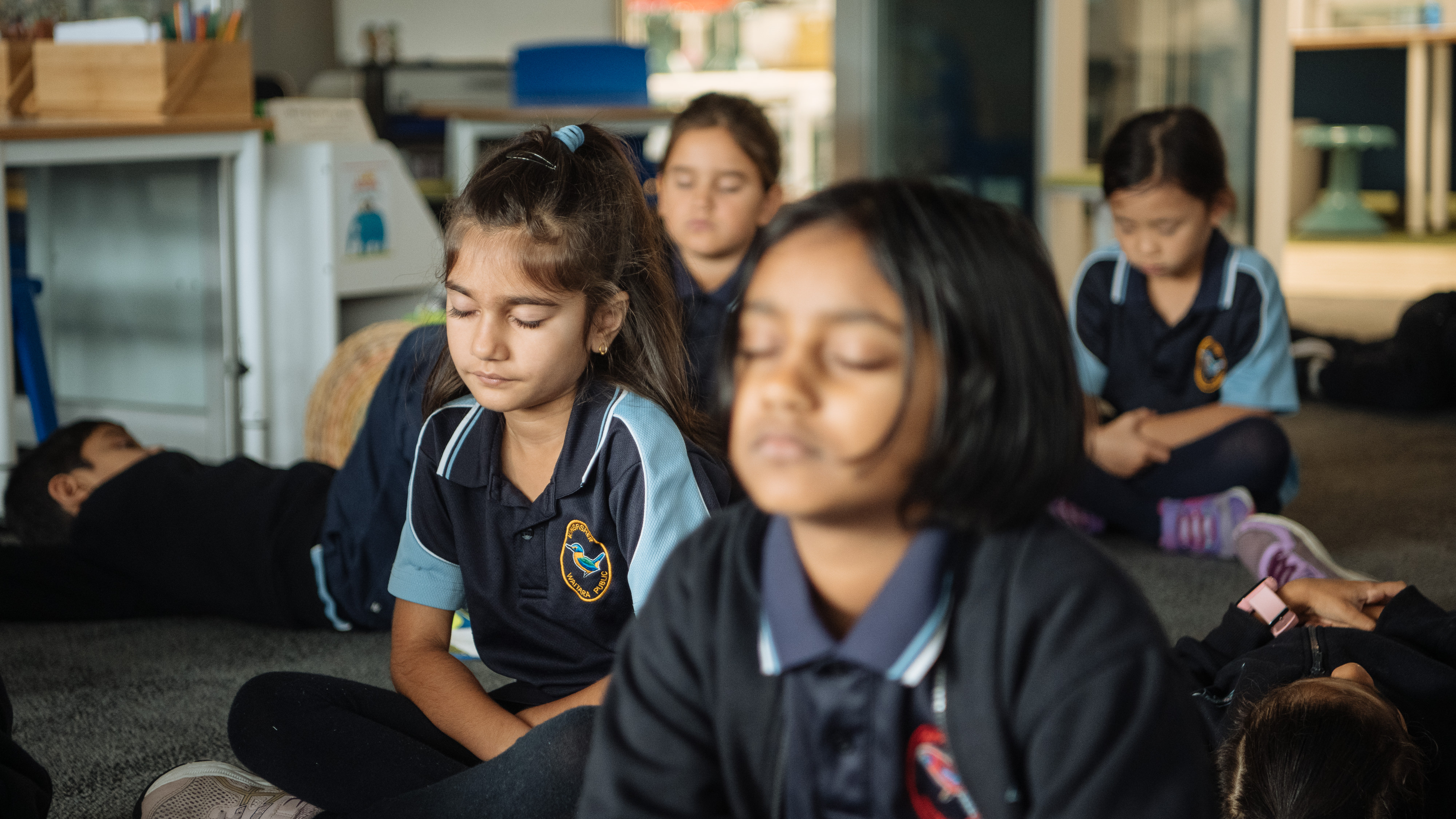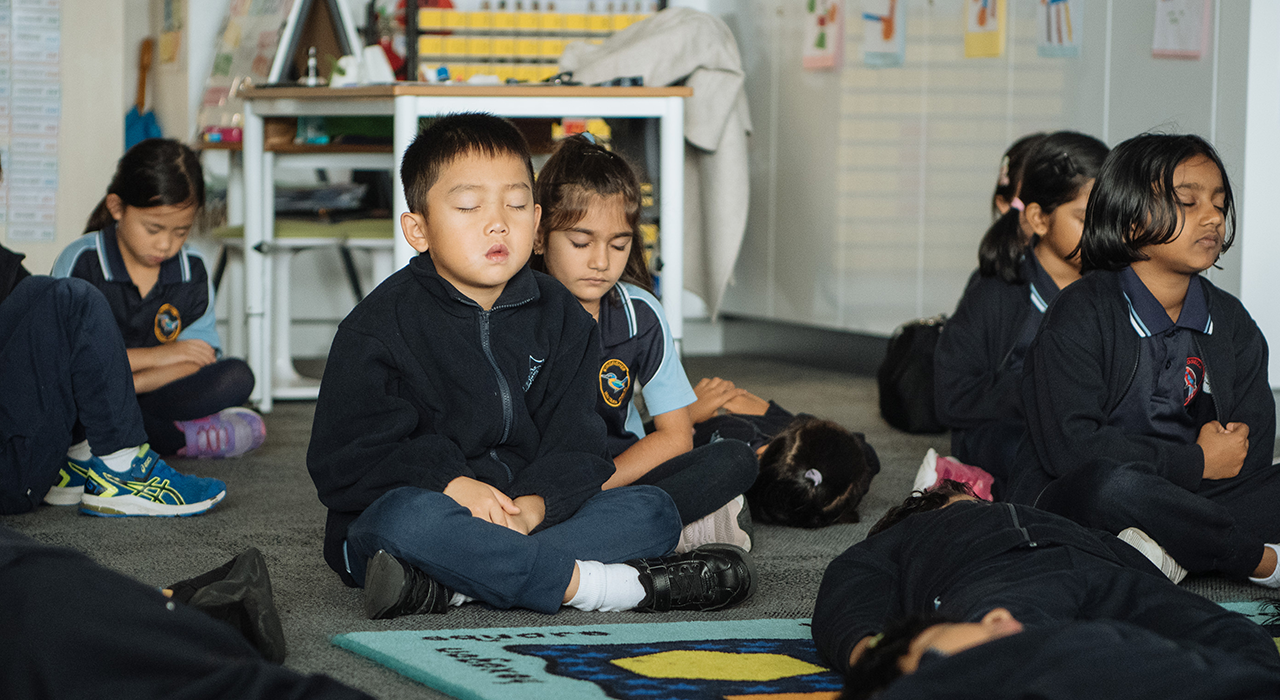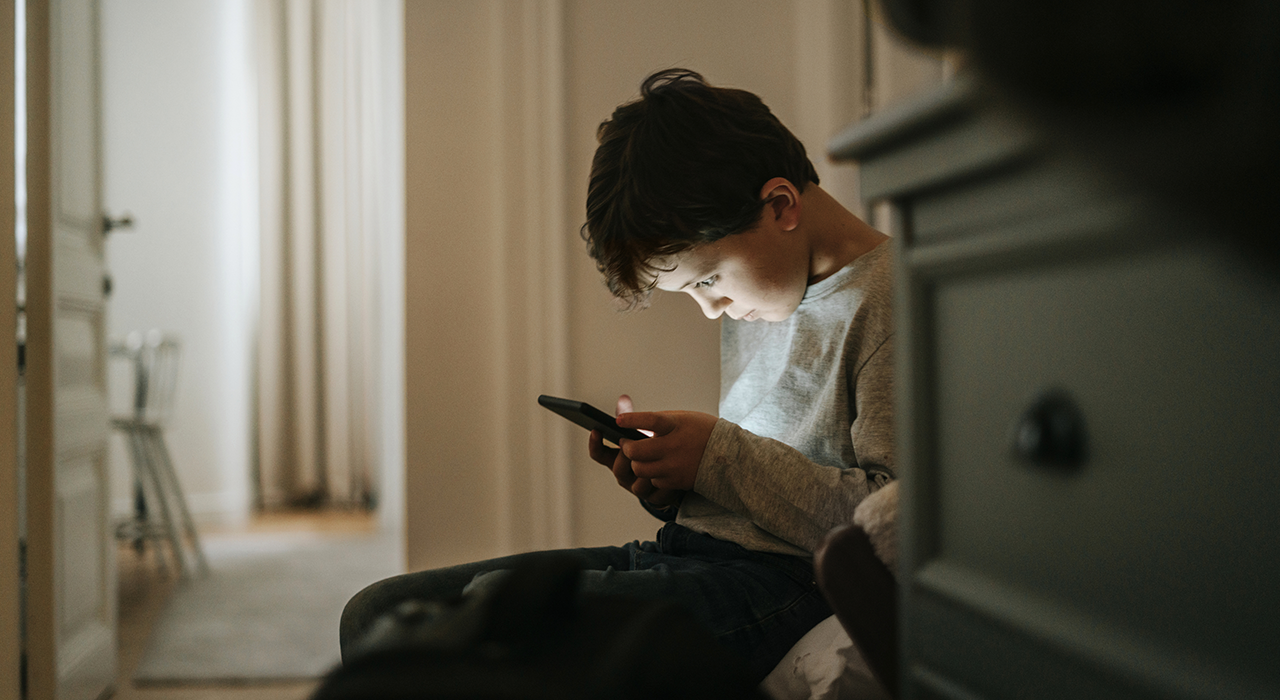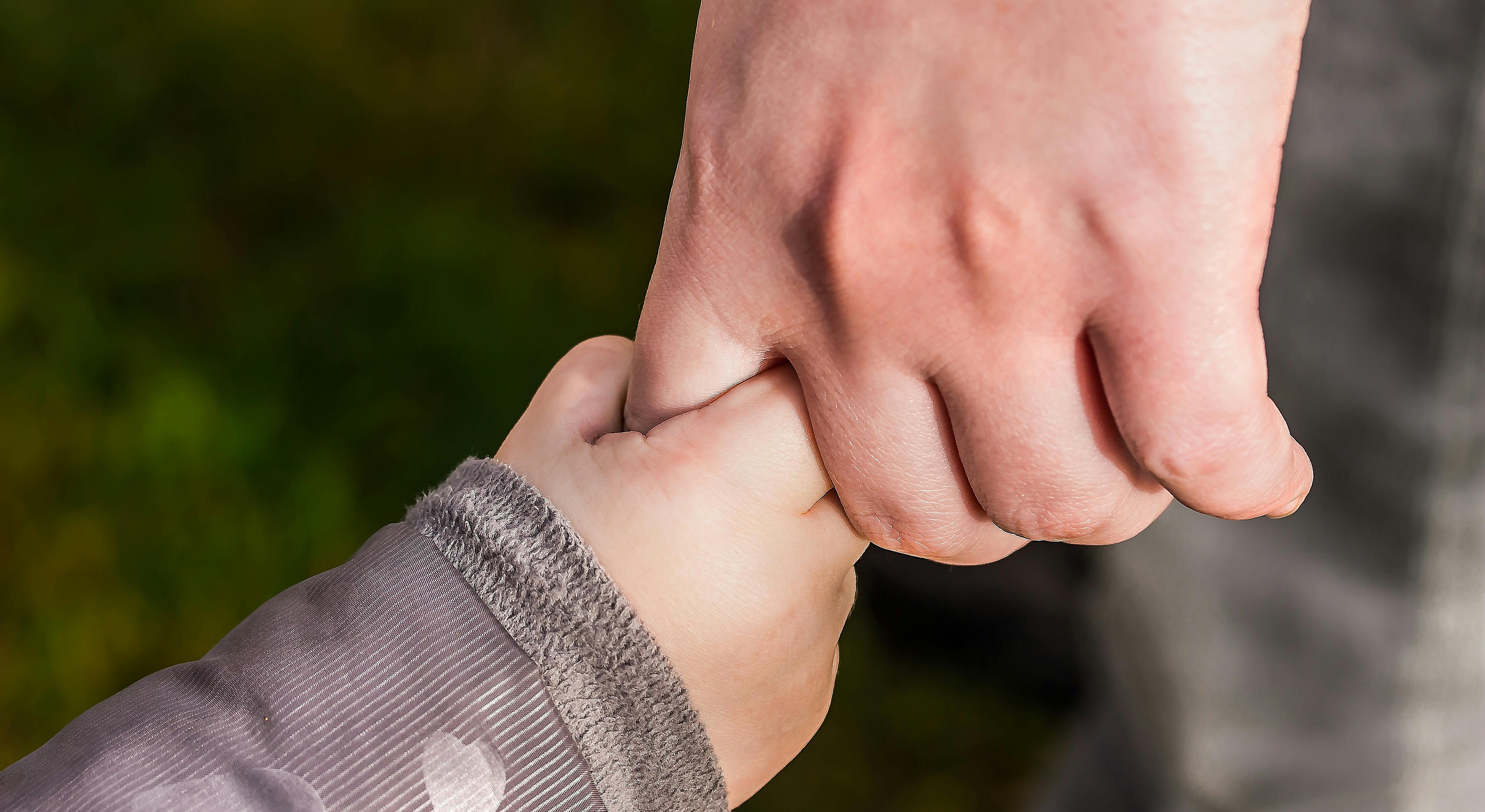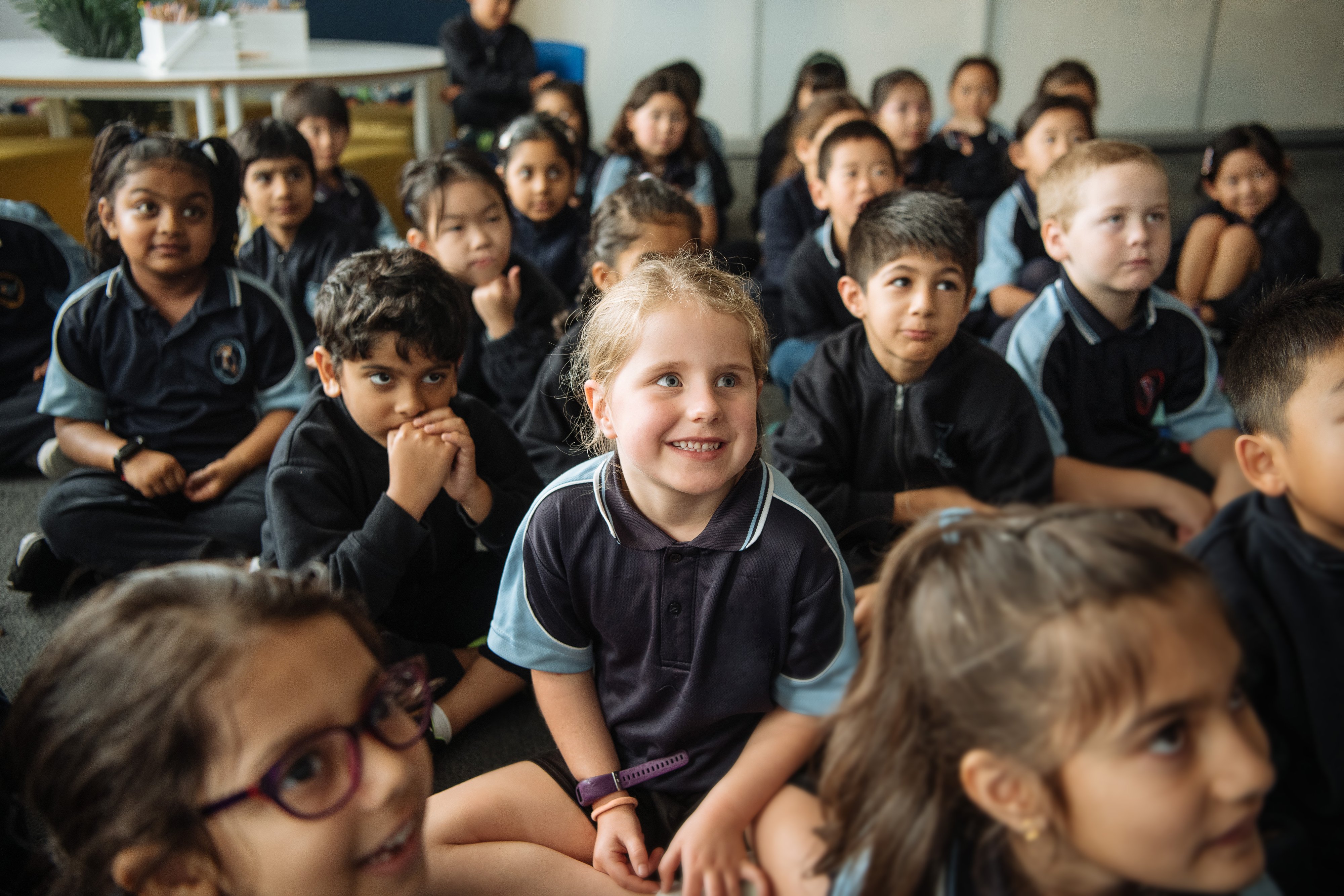Ruby Jones is a Wellington-based artist and writer. Ruby is passionate about creative projects positively impacting young people. Ruby’s work is inspired by themes such as self-love, compassion, and kindness.
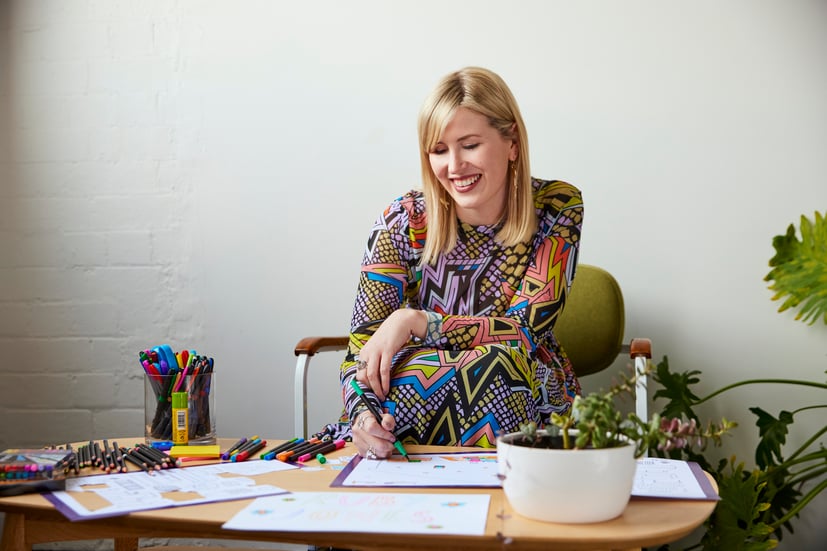
Tell us a bit about yourself...
My name is Ruby Jones and I’m an illustrator from Aotearoa/New Zealand. I grew up down south in Ōtepoti/Dunedin and moved to Te Whanganui-a-Tara/Wellington four years ago. I’ve been drawing for as long as I can remember and made the transition to working primarily in digital form about five years ago. I like to make art that shines a little light on everyday moments and explores the connection between ourselves, each other, and the world around us.
What inspired this tutorial and activity you have created?
I have found myself feeling pretty overwhelmed by the state of the world over the last few years and I wanted to make an activity for anyone who might be feeling the same. The focus of the activity is about creating an image of calmness: the space you can put yourself into mentally when the world around us all feels too much.
Were you always a creative person?
Yes! I grew up in a really creative home with a family who were always drawing, painting, sculpting, sewing, etc. However, it was drawing that both my brother and I seemed to be obsessed with from day one. We would sit for hours surrounded by piles of paper and pens having an absolute blast. Even at a young age I was only ever interested in drawing people and telling their stories—it’s funny how some things never change.
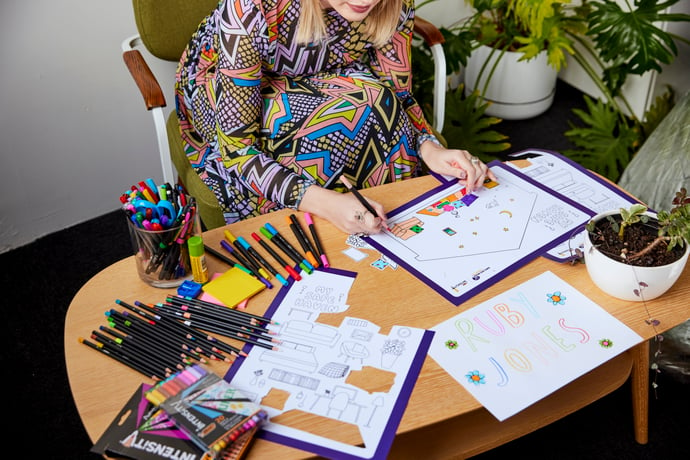
How familiar are you with mindfulness?
I first became interested in the idea of mindfulness as a teenager when I discovered meditation. I wouldn’t claim to be an expert, but I think I have a pretty good grasp of it these days and have managed to weave mindfulness practices into my day-to-day life more and more over the years. For me, this is small things like slowing down, being present and actively listening.
Describe your creative process?
I’m constantly writing down thoughts in my notes app and sketching rough ideas in notebooks that I like to refer back to. It’s always the words that come first for me. Once I have those, I know what the tone and feel of the illustration needs to be. I’ll usually sit and think on a set of words until I can see the image in my mind, sometimes this might be for a few minutes, or it might be a few weeks. I’ll then start sketching the idea out on my iPad using Procreate, and it’s really as simple as that. My favourite part of the process is trying to match the colour palette, light and tone to the words in the image. Once I have captured that, it’s the best feeling.
How do you get in ‘flow’ (aka in the zone)? What does it feel like?
I think I’m able to get in the zone once I have the idea for an illustration—when I know what I’m doing, when I can see it clearly in my mind and I’m feeling excited about it. I put on some music or a podcast and I go. For me it’s almost like going into a trance, and before I know it there’s a finished illustration in front of me.
Flow for me is about slowly shifting into a state of complete immersion in the art I’m making. It’s when I’m at my most calm and most present.
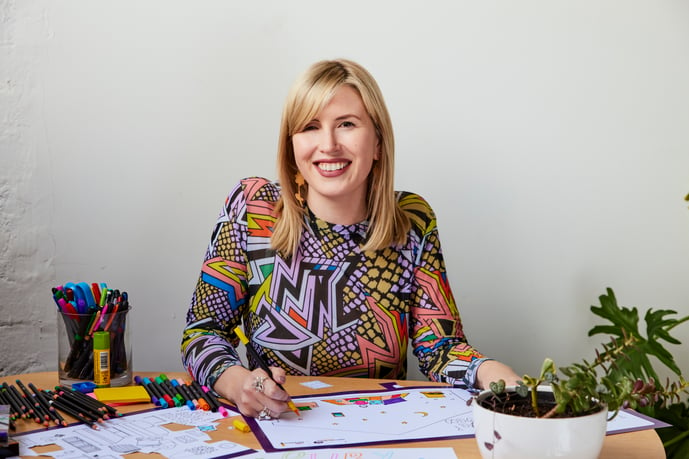
What inspires you and your art?
I’m inspired by the connection and relationships we share with each other, ourselves, and the world around us. We carry so much around with us in our heads and hearts every day. I like to make art that takes a peek inside at those thoughts, feelings, experiences, emotions, etc.
What are some of the ways you connect with what inspires you?
I’m really inspired by other people and their stories so naturally that means I like to communicate a lot with the people in my life. It also means I always like to be listening to something whether it be music, podcasts, radio, or audiobooks. I think I have a fear of missing something really beautiful if I’m not consuming words all the time.
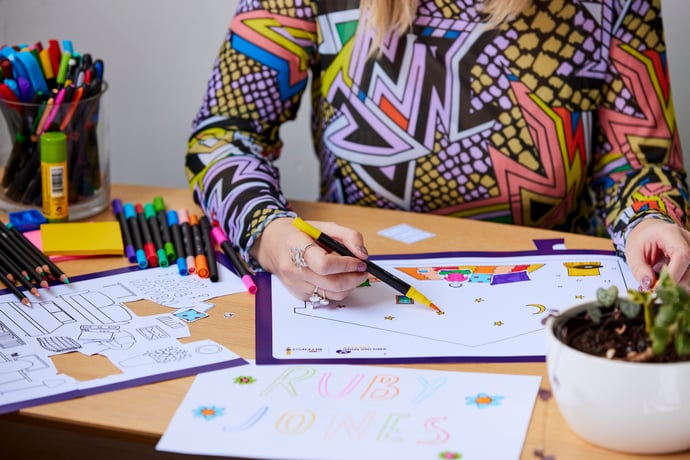
How do you think people can start to use creativity to support their mind?
I find getting things out of my head and onto a page is incredibly helpful for the mind. I think it’s also important to remember there doesn’t always have to be an end product, sometimes just scribbling some doodles on a page or playing around with colour can be incredibly therapeutic and calming.
Discover all about the mental wellbeing benefits of mindful colouring.
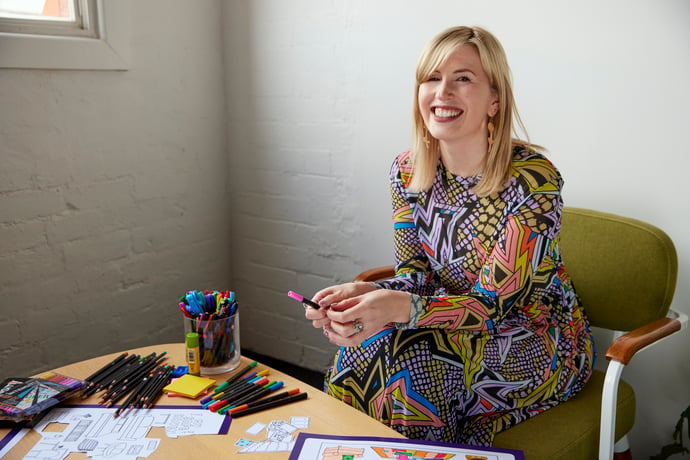
Support your mind with creativity and find more activities on our website. Don't forget to share and tag us! #SMILINGMINDCREATES
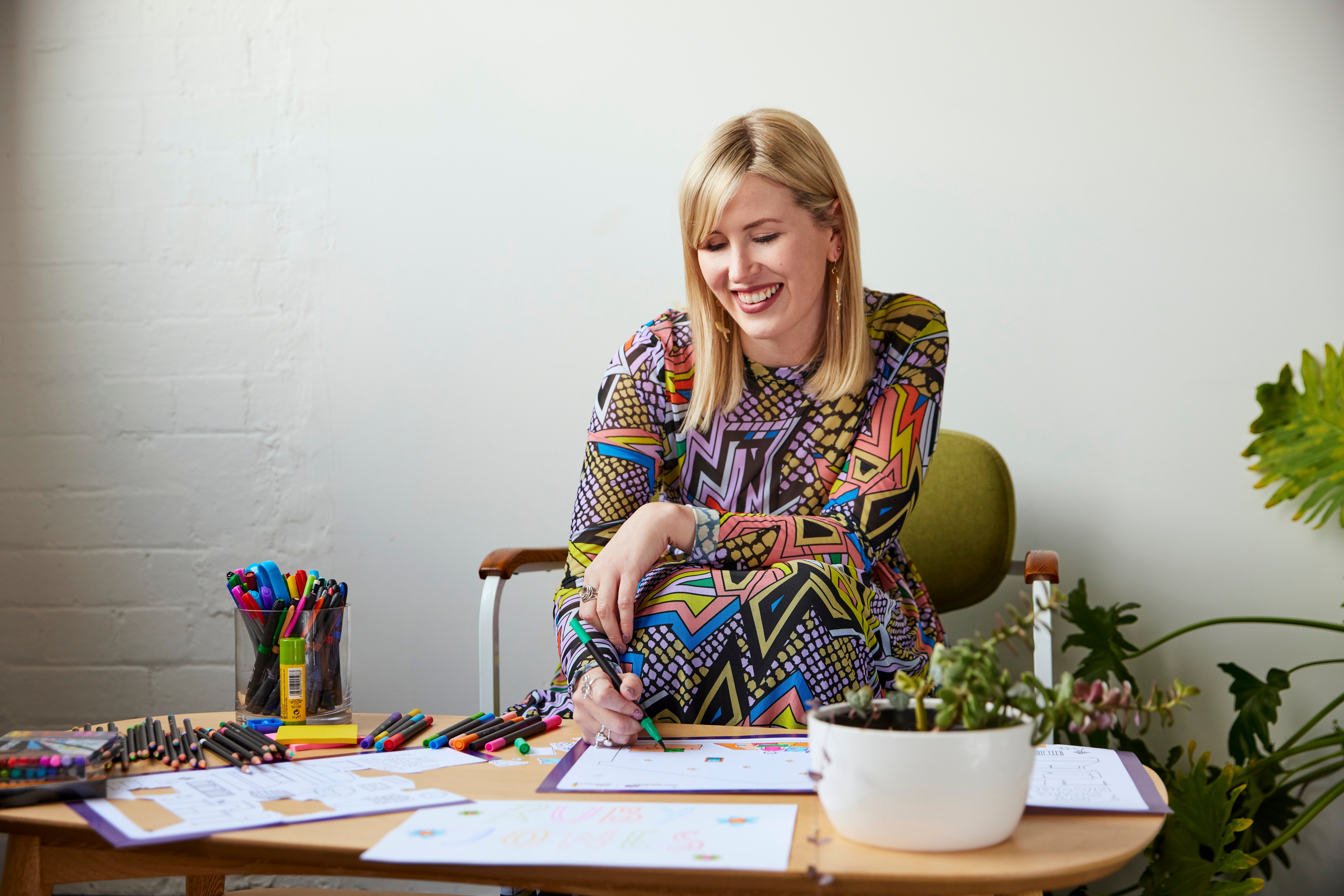


.jpg?width=396&name=SmilingMindCreatexBICIntensityLockup%20(2).jpg)
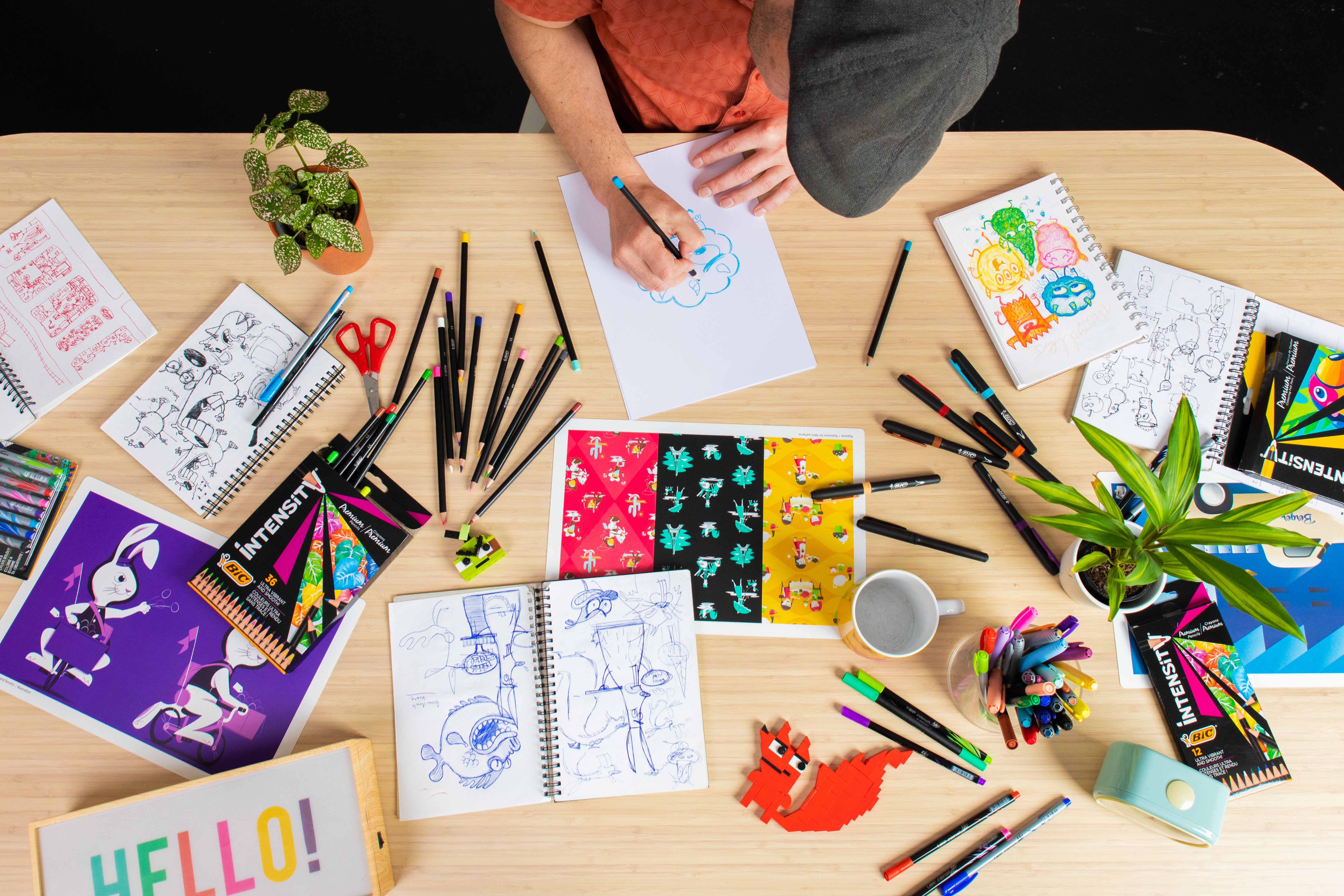
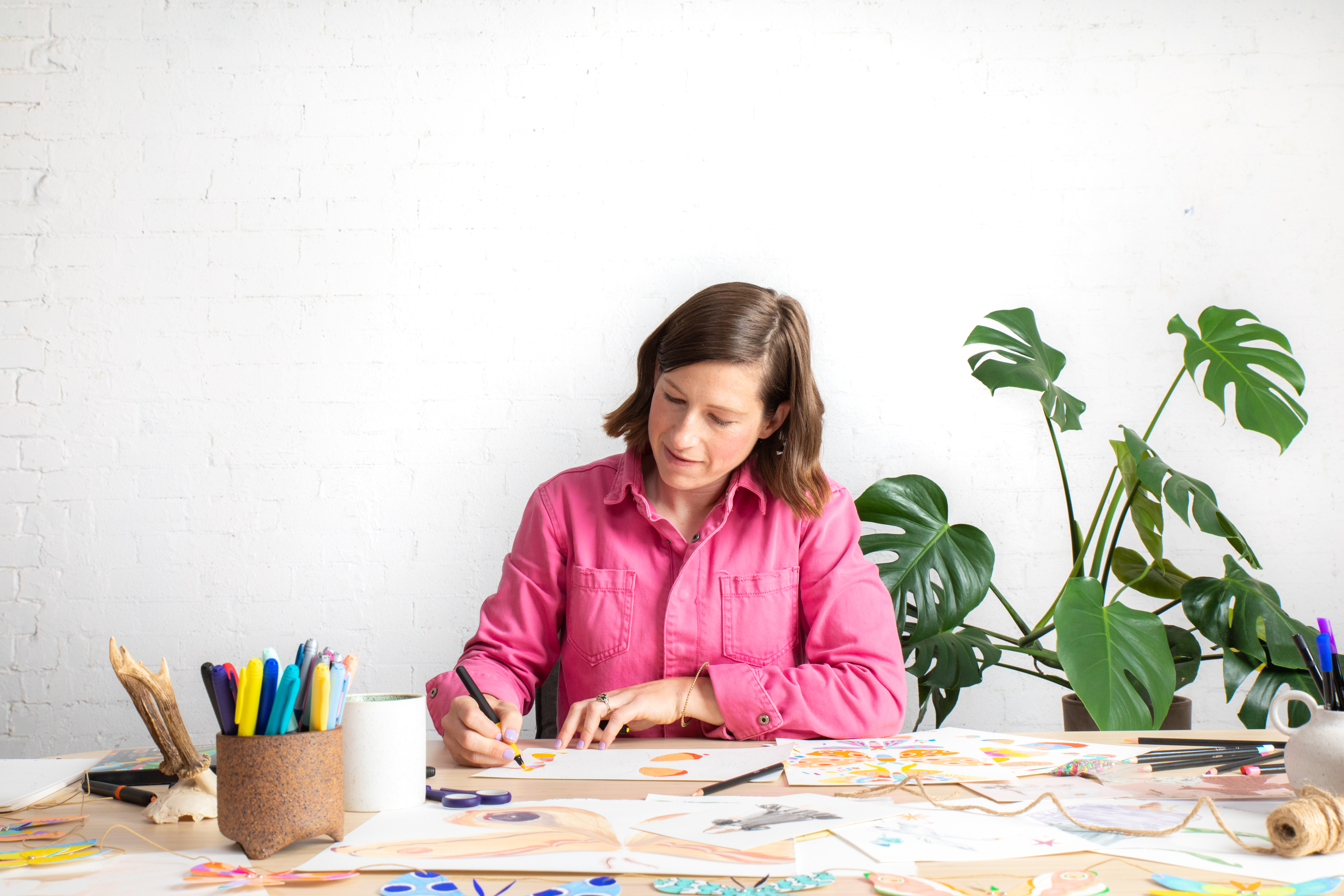
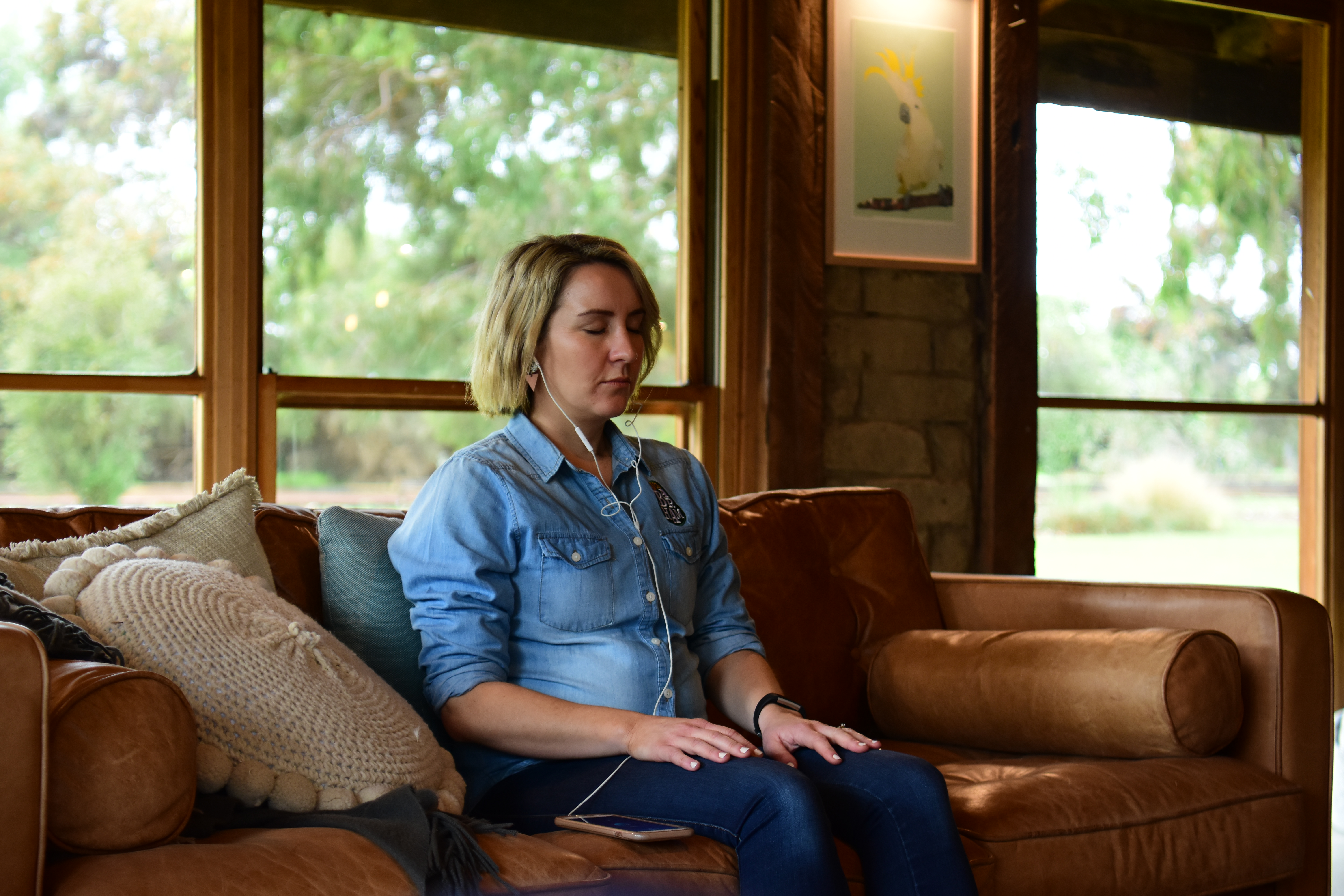
.jpg)
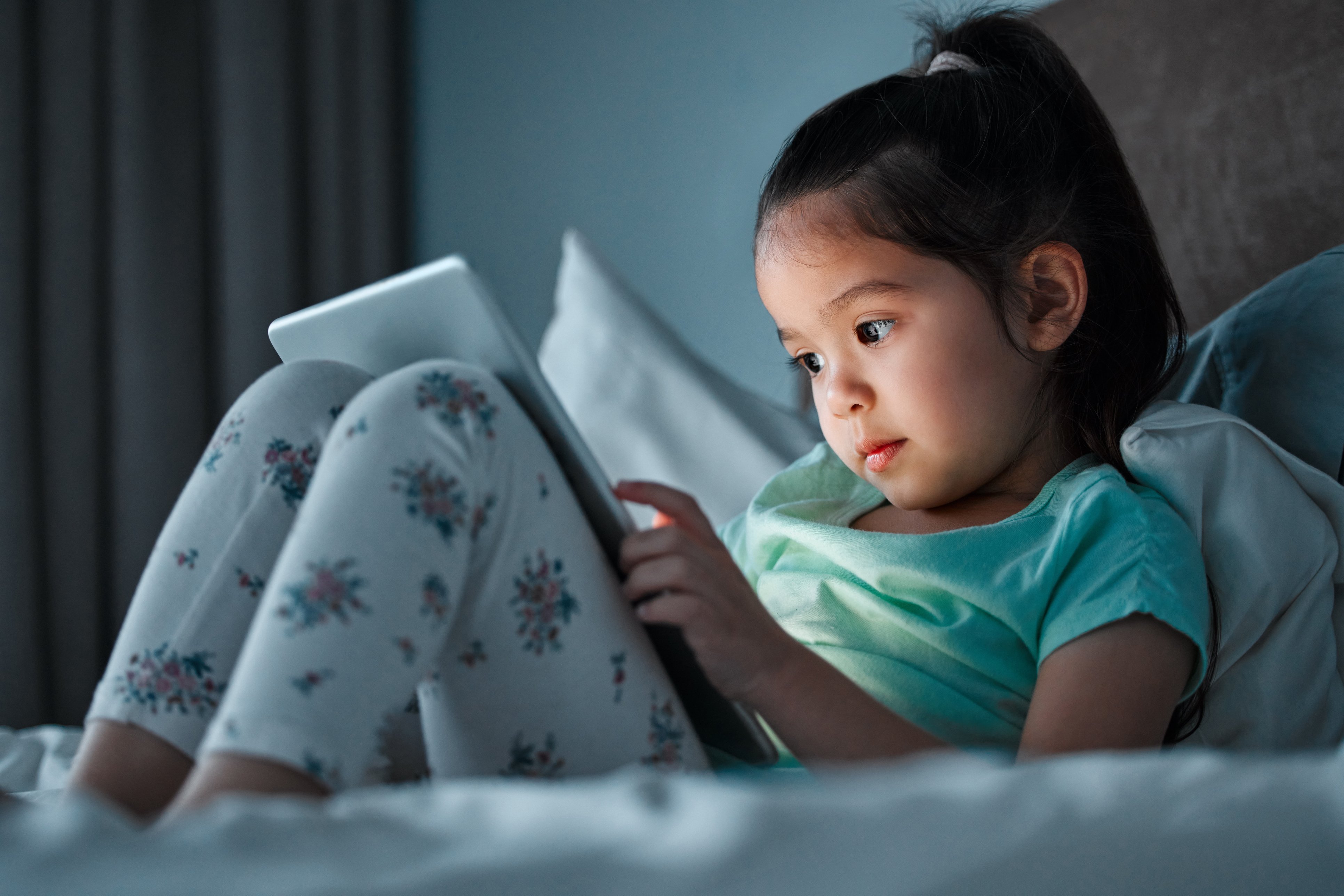
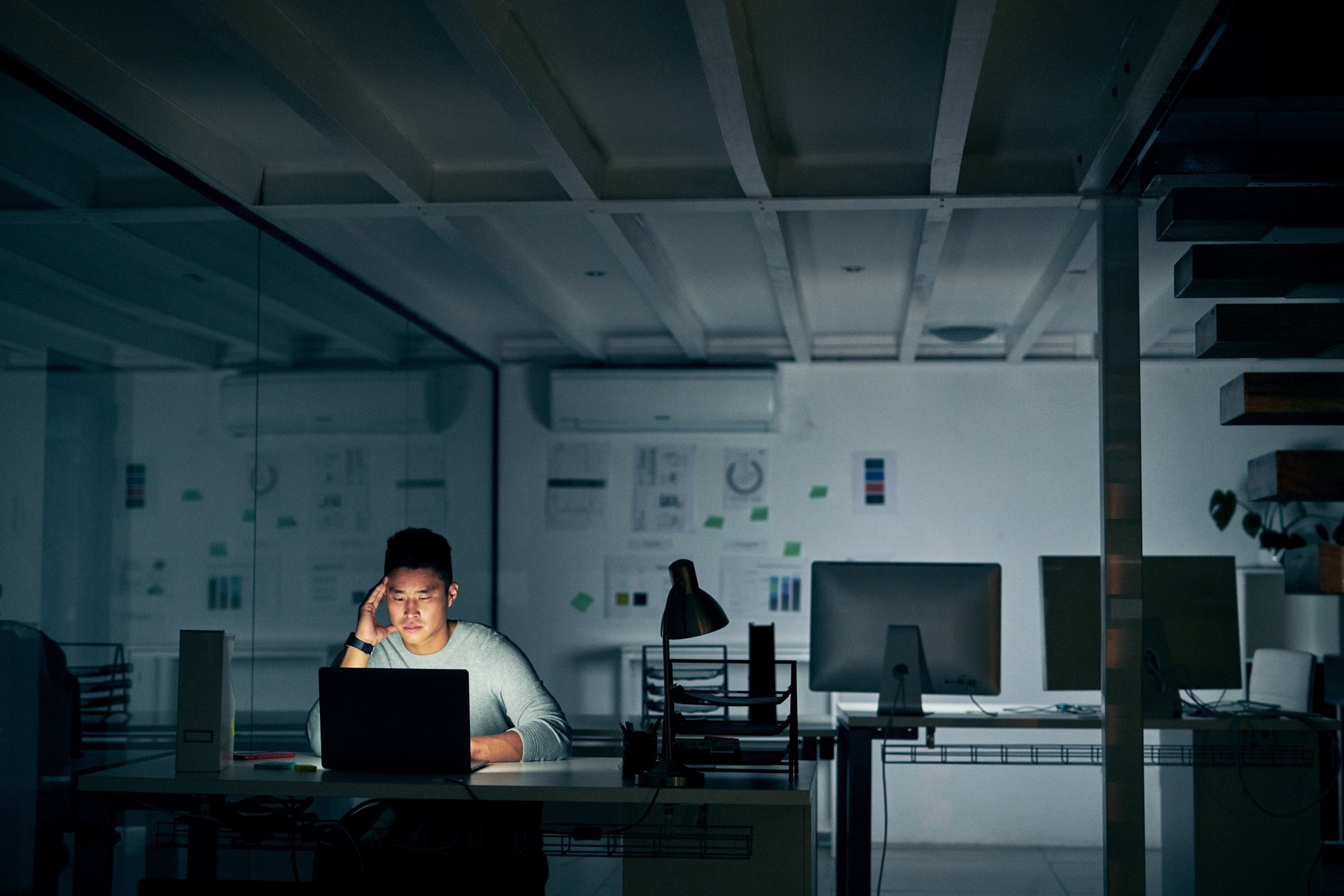
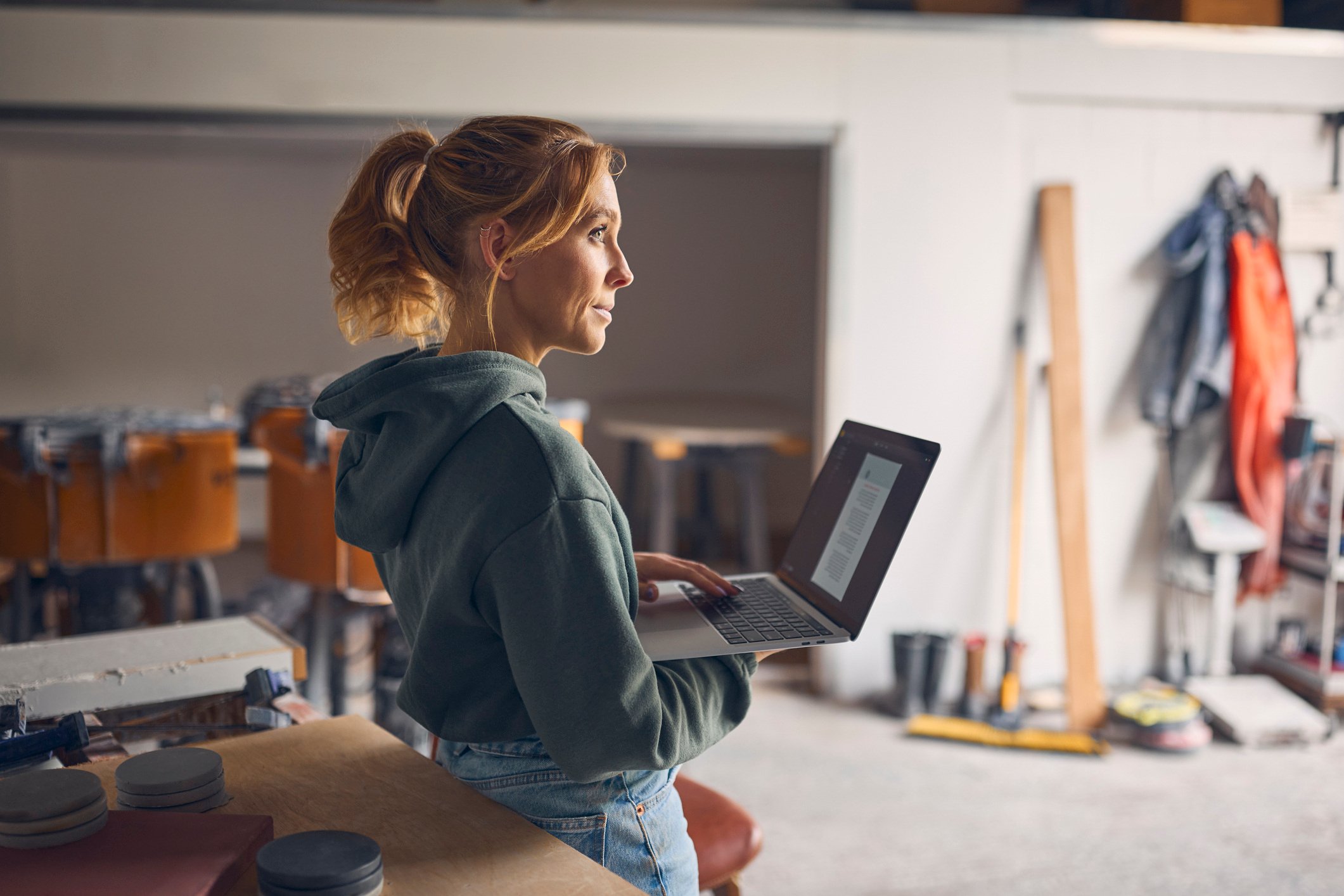

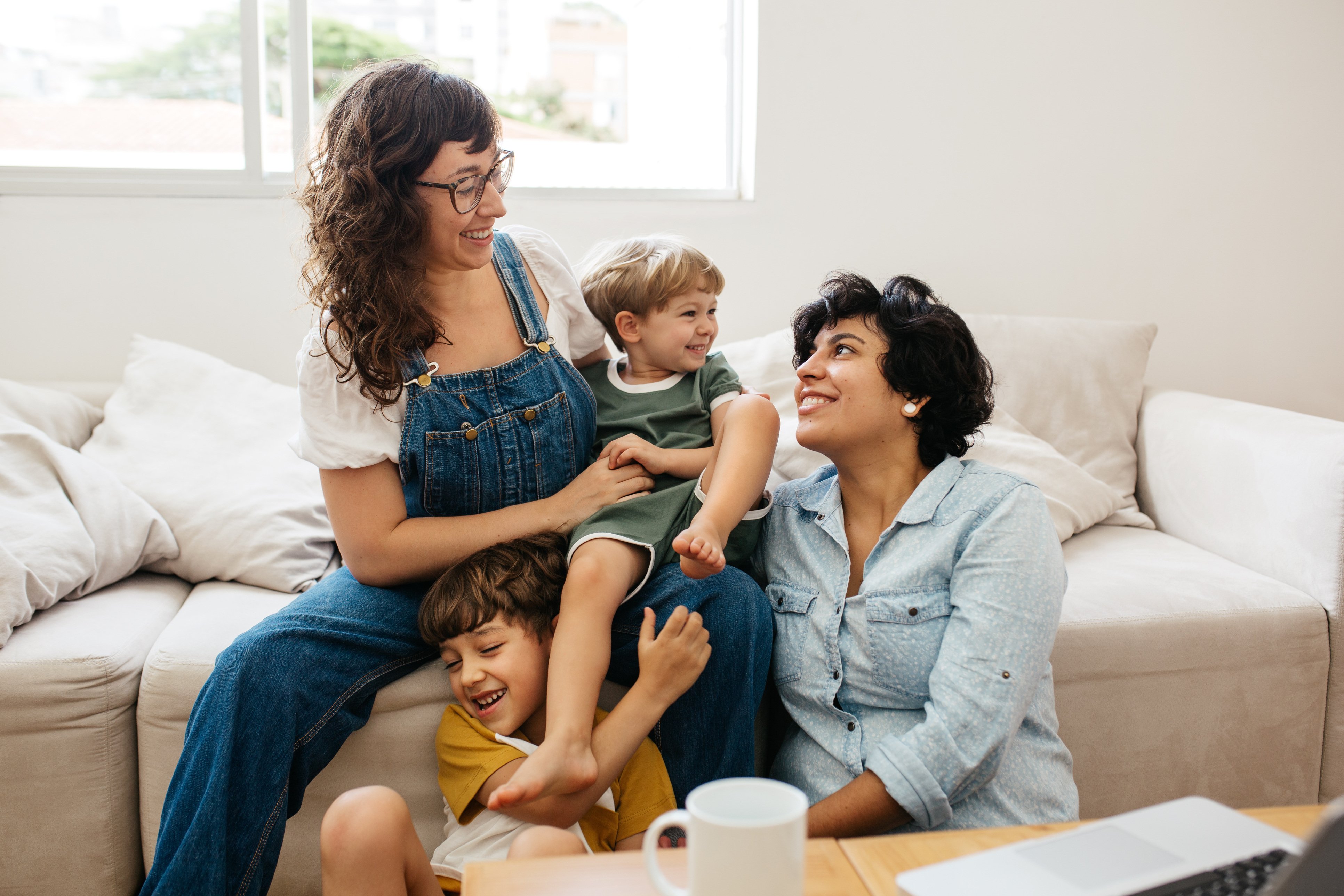
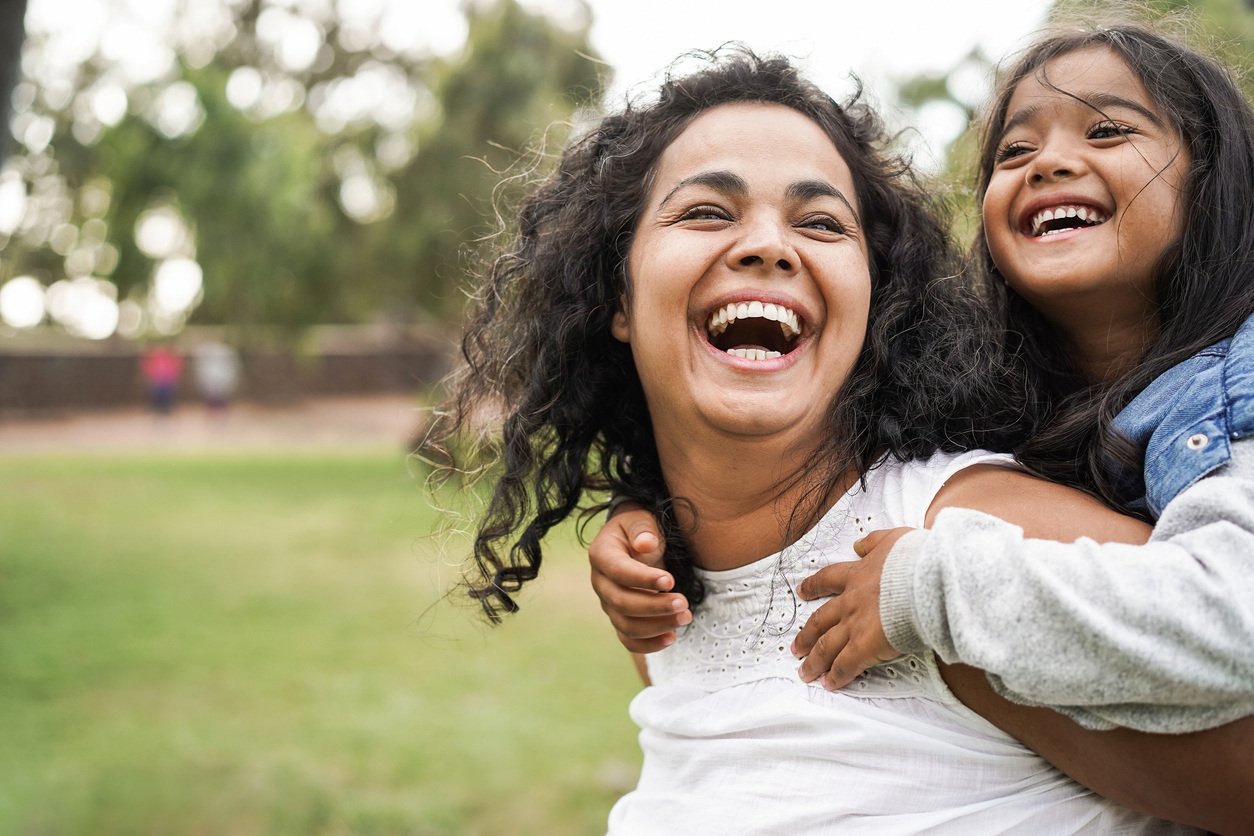
.jpg)
